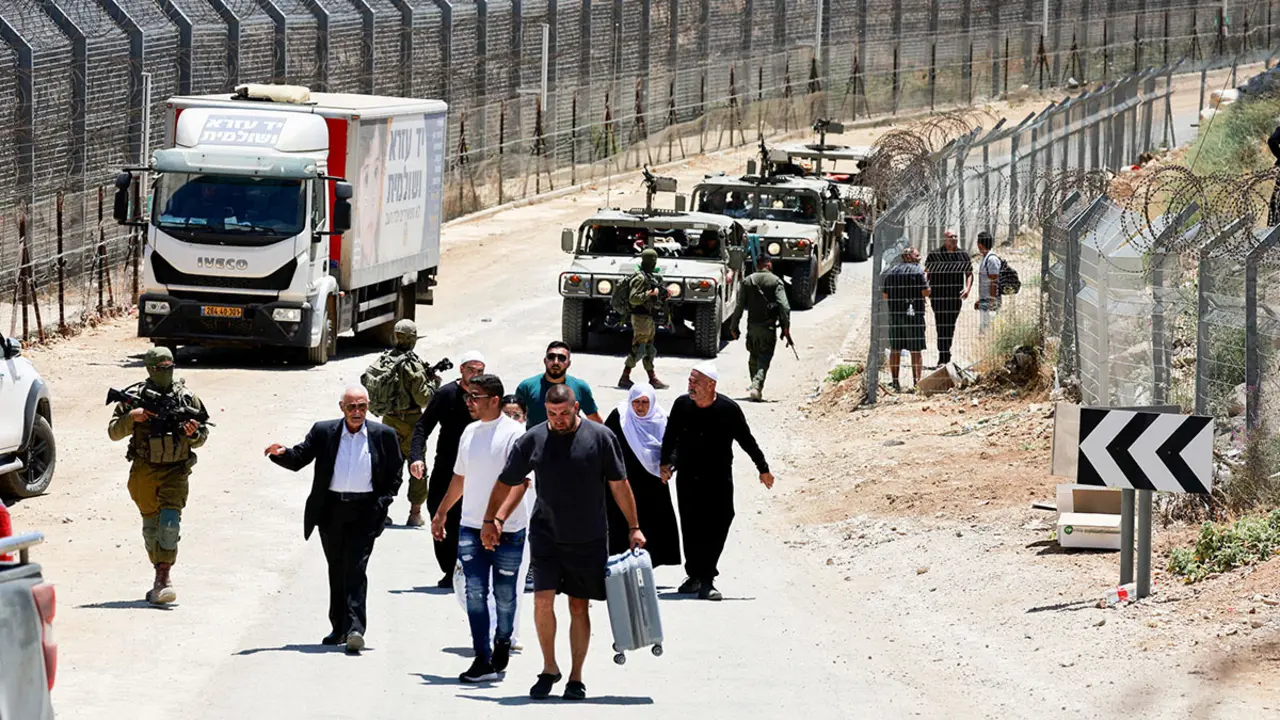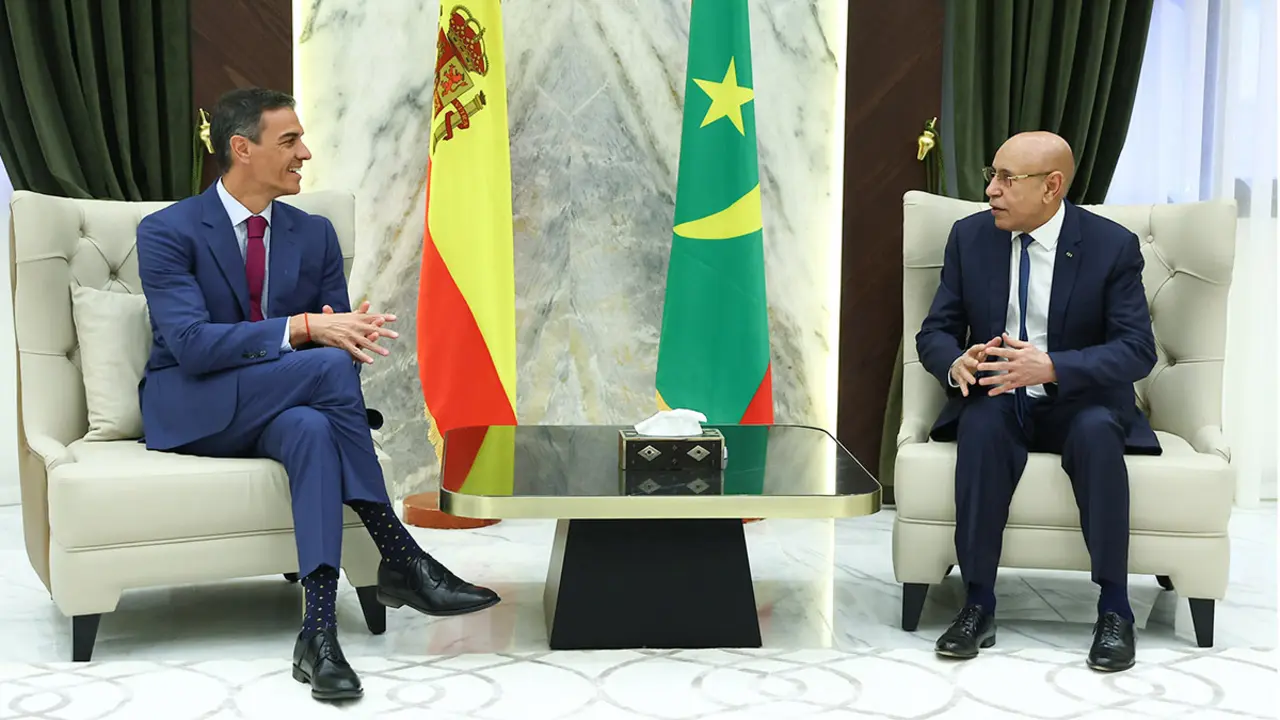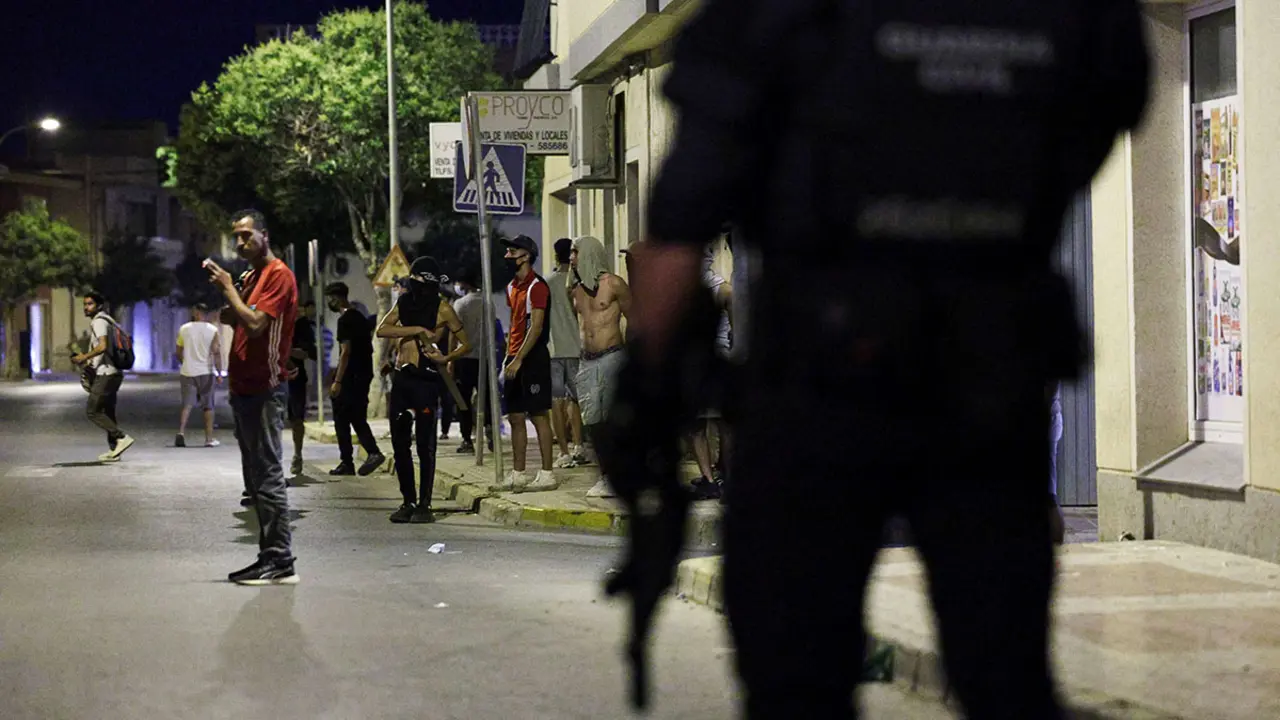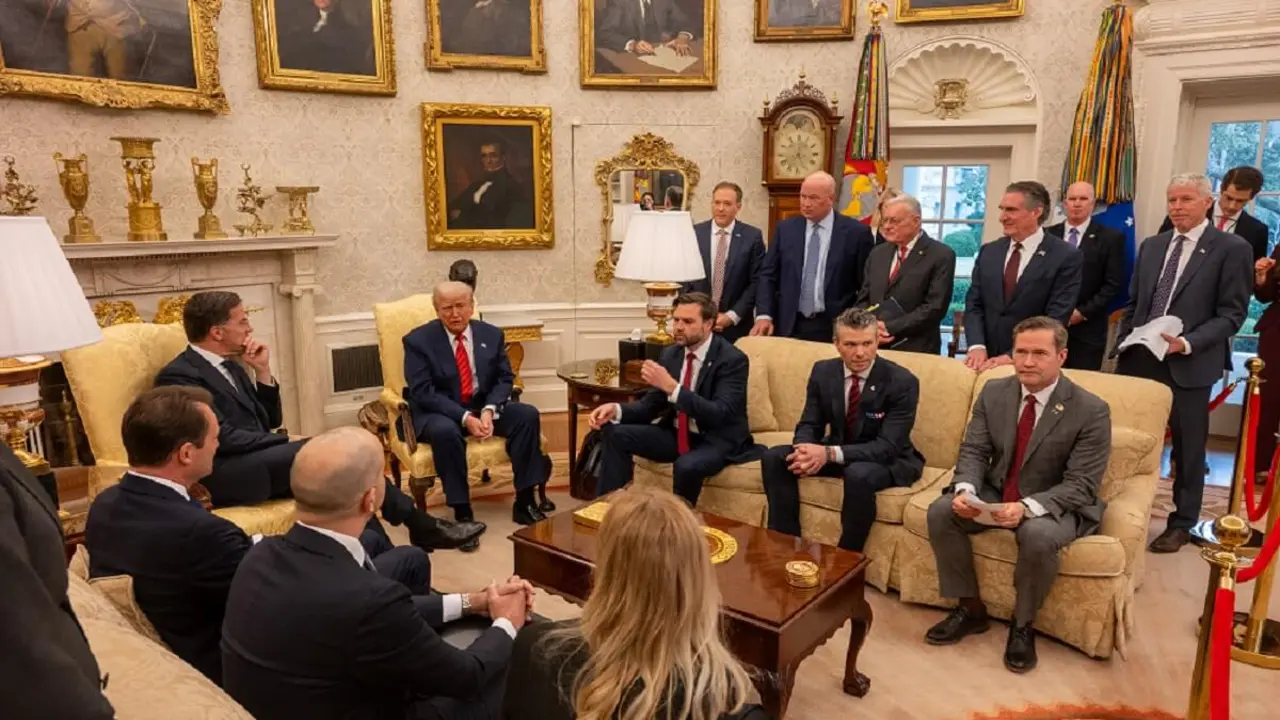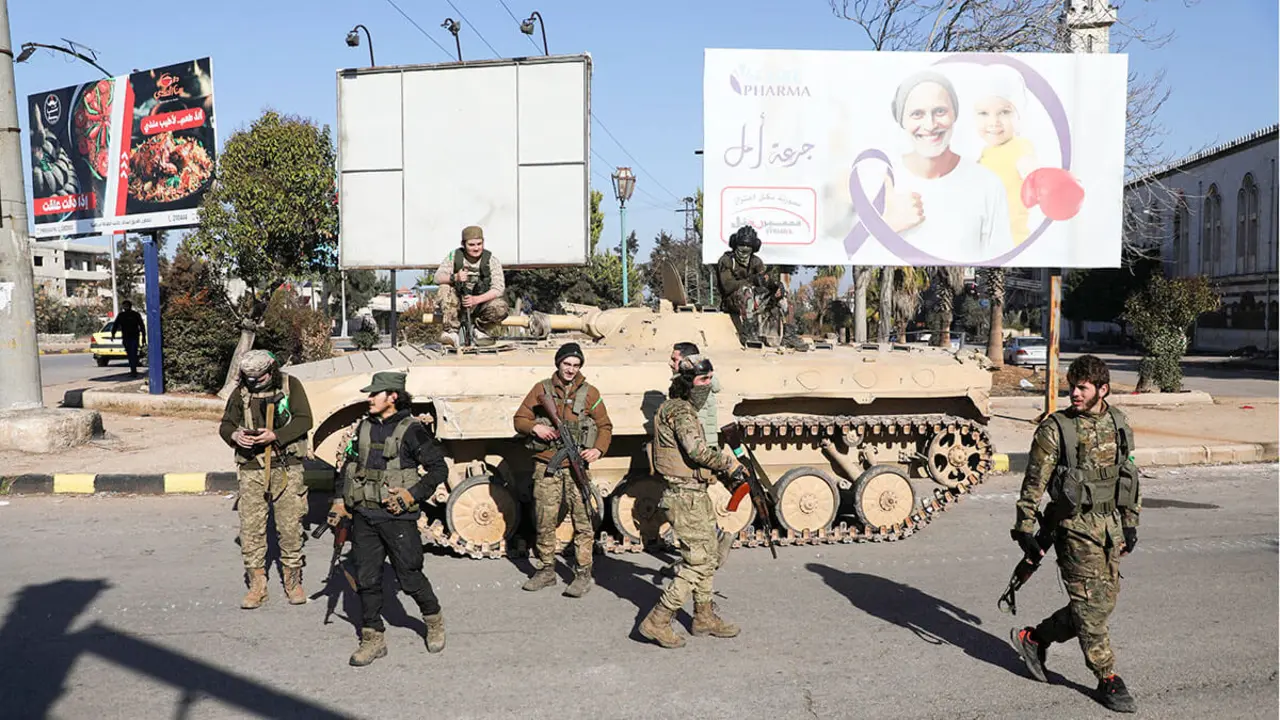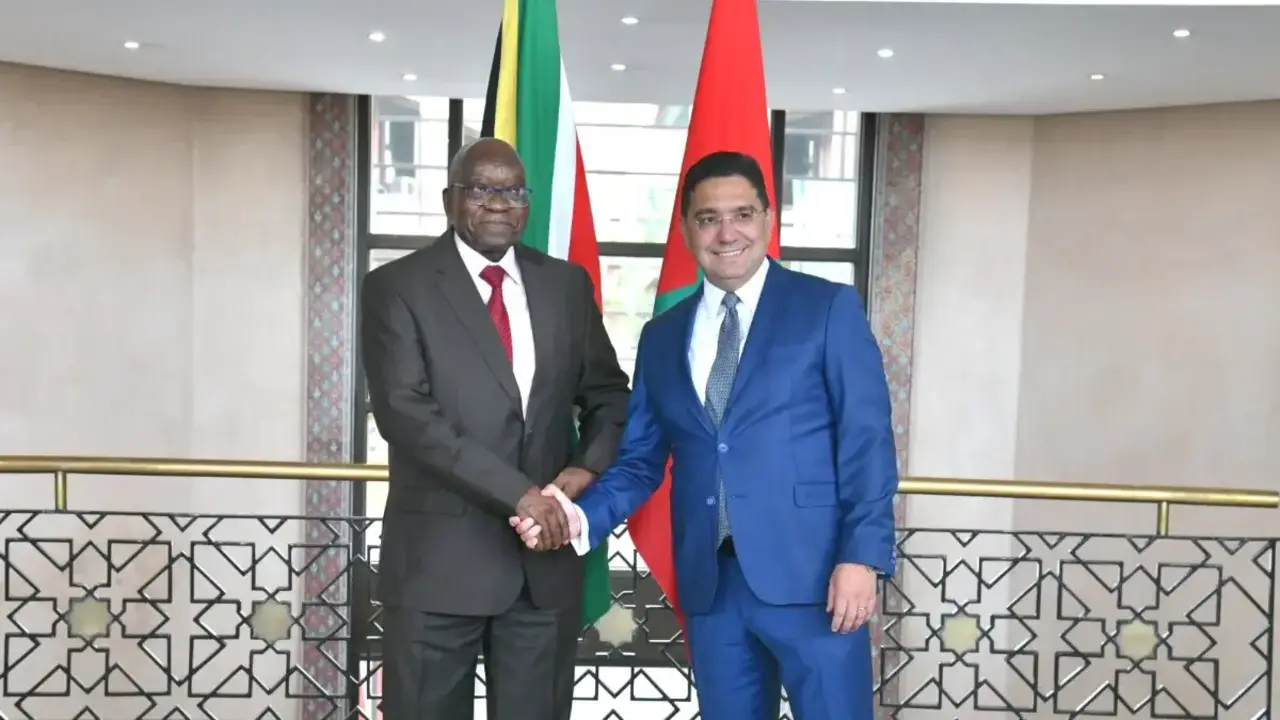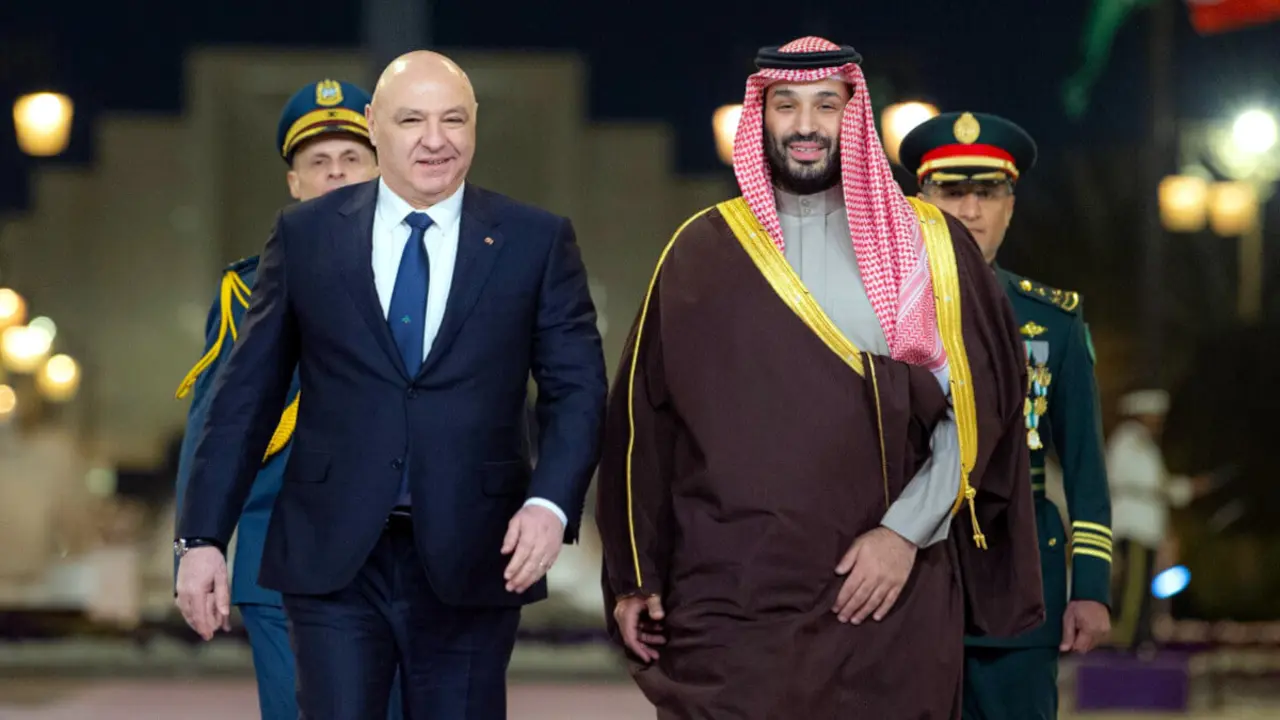The broken land
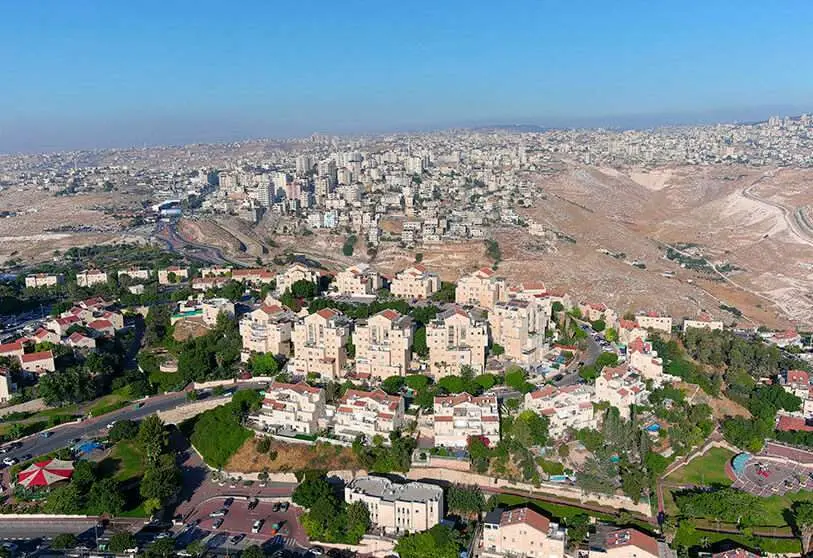
Overlooking the mountains of the Jordan Valley, the house of the shepherdess Um Mahmud belongs to the so-called Area A of the West Bank, with a Palestinian flag, but her animals do not have access to the pastures that are a few meters away, in the so-called Area C, with Israeli flags despite not being Israel. Everything belongs to the Palestinian people of Al Auya, in the fertile and strategic West Bank region, bordering Jordan and today fragmented by Israeli residential and agricultural settlements, as well as military areas.
The complex map in which the Israeli occupation and colonization have turned the West Bank - divided into Area A, under Palestinian control; B, with Palestinian administrative and Israeli security control; and C, under total Israeli control - is indecipherable even for those who pass through it and their routes disappear in the GPS.

As of this Wednesday, July 1, this map could be altered again by the Israeli government's plan to extend its sovereignty over the Jordan Valley and more than 200 colonies in the West Bank, a project that has the support of the United States.
"One of the biggest problems after the annexation will be to be confined to small villages with no possibility of expansion," laments Taghrid al Nayi, a Bedouin from the Al Auya municipal council.
In fact, no one has seen the final map of the annexation being drawn up by a joint Israeli-US committee. Washington is the promoter of this new cartography contained in its so-called "Vision of Peace and Prosperity", which is opposed by most of the international community, which sees it as a violation of international law.
The only thing that is known is that the annexation will modify the layout of Area C, which represents 62% of the West Bank and which today already looks like a gruyère cheese, a Palestinian territory pierced by Jewish settlements and administratively and militarily controlled by Israel since the Oslo Accords (1992/93).

This was the last negotiating framework between Israel and the Palestinians, which today aims to replace the initiative of President Donald Trump, which was rejected outright by the latter. The proposal, as the US president pointed out in his presentation, recognizes a reality: more than 420,000 Israelis, considered settlers by the international community, live in that area. Little is known about how and when the new plan will be carried out, but Al Nayi bases his misgivings on the past, because it is not the first time that Israel has absorbed an occupied territory.
It did so with the Syrian Golan Heights in 1981, and the year before it had already de iure made official the annexation of East Jerusalem, which it began to administer de facto in the same year that it occupied it, in 1967. A sovereignty that has not been internationally recognized until today and which for the Palestinians compromises the capital of their future State.
"We signed the Oslo Accords - which created areas A, B and C - for only five years, as a transitional step towards the establishment of a state," Palestinian Minister of Settlements and Wall Walid Assaf told Efe. Decades later, not only is the political solution even further away, but the reality on the ground makes it virtually impossible, the minister laments.
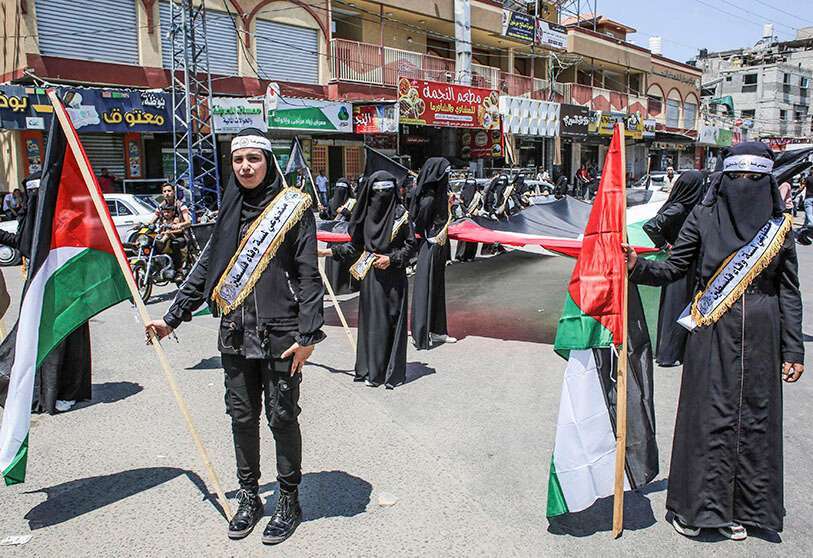
"This land is the cradle of the Jewish people and it is time to apply Israeli law to it and write a glorious new chapter in the history of Zionism. This will not take peace away, but will bring us closer to it, because peace can only be based on truth," said Israeli Prime Minister Benjamin Netanyahu at his inauguration in May.
In January, Trump presented the peace plan that opened the door to annexation and recognized the creation of a Palestinian state, but one that is impossible for the Palestinians to accept: the loss of almost 30% of the West Bank territory, with no control of the sky or borders, limited sovereignty and a capital that is confined to the outskirts of Jerusalem. And without the venerated Al Aqsa Mosque in the Old City, which houses the most emblematic Christian and Muslim centres for Palestinians.
"Everyone knows that the hundreds of thousands of settlers in Judea and Samaria (the biblical name for the West Bank) will always remain where they are in any peace agreement and it is time for our Palestinian neighbours and even in this Parliament to recognise that," Netanyahu said. The "agreement of the century", as it has been called, is "a slap in the face" for the Palestinians, according to Assaf.

Israel plans to annex the Jordan Valley, but not its Palestinian population: some 56,000 residents who still do not know whether the new map will be bounded by a wall, such as the eight-metre high concrete wall that Israel built in the West Bank, including East Jerusalem.
As for the other Israeli settlements scattered throughout the West Bank, among olive trees and Mediterranean terraces, the Israeli Government's intention is to annex them, but not the adjacent lands, which would form part of a future Palestinian state. Like the Bantustans (or ghettos) of South Africa, the Palestinians consider.
A cartography that is also rejected by the young Israeli Miri Maoz Ovadia, spokesperson for the Regional Council of Binyamin, a set of settlements surrounding Jerusalem and the Palestinian city of Ramallah: "It is very dangerous for us to be surrounded. The Palestinian National Authority (PNA) today encourages incitement against the Israelis, against us. They pay terrorists and that is why we are afraid of this plan".
The security alerts, on which Israel bases the annexation of the Jordan Valley to control the external borders or the construction of the wall in the West Bank, increased after the Second Intifada, a Palestinian armed uprising (2000-2005) during which multiple attacks were committed, including suicide attacks on Israeli civilian buses.
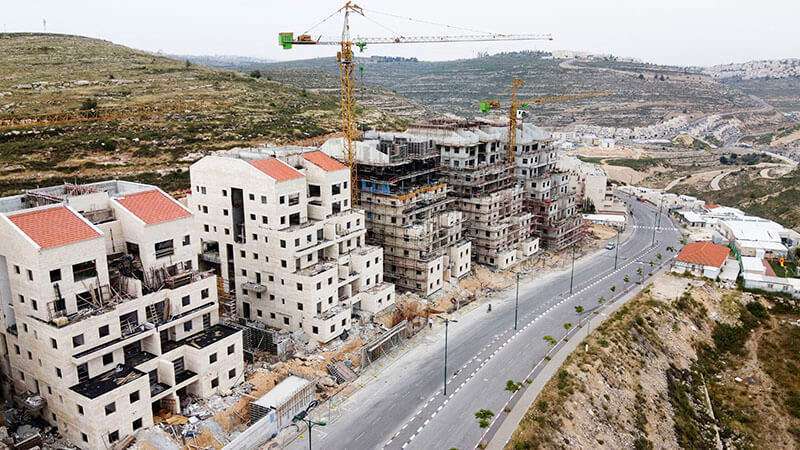
Maoz Ovadia, who was born in one of the settlements from which Palestinian populations could be seen, did not contemplate the possibility of "uprooting" her, but welcomed the annexation in order to bring her status into line with that of Israelis living on the other side of the Green Line, the 1949 armistice line behind which lay the territory that the international community did recognize as Israel.
The annexation controversy will now defer it for a while, he calmly and confidently considers one of his Israeli neighbours, Naama Berg. "I was born in the Golan Heights and also ten years ago it was a very controversial area that they said should be returned to Syria. I think that in a few years, in ten or twenty years, people will forget what we are going through now. This (West Bank) is part of Israel, the heart of the land (of Israel), there is no possibility of separating it," she predicts, although only Trump's US has recognized sovereignty over the Golan, which the UN continues to condemn.
The birth certificate carefully kept by the Jerusalemite Yacoub Odeh is stamped by the British Mandate Government of Palestine from 1922 to 1948, the year in which the State of Israel was created. He shows this shortly after standing with his arms in jars at a viewpoint in the city of Jerusalem, which is not only the municipal district but one of the eleven Palestinian provinces of the West Bank stretching from the city to the Dead Sea. From there, the view of Odeh reaches the Judean desert and the border with Jordan, which separates the biblical river Jordan and where the coveted valley is located.
"The Jordan Valley not only represents a third of the area of the West Bank. It's not just geography, it's our food basket," he says of this area rich in water and natural resources, the hub of the Palestinian agricultural economy. "We are not colors or numbers. We are human beings and this is our land," he says. Like the majority of Palestinians in the Holy City, he does not have Israeli nationality, but has a permanent residence permit that does not allow him to vote in general elections and that Israel can revoke if he stops living in the city for several years, even though dozens of generations of his ancestors were born here.
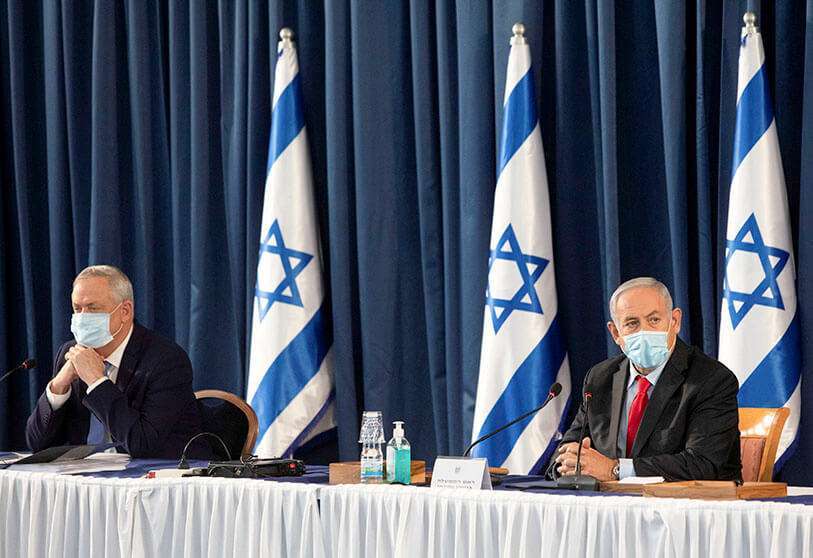
The impossibility of family reunification, the limitation of movement, a city divided by the wall with isolated areas, the confiscation of land by Israel under the Absentee Law are some of the anomalies, already seen in Jerusalem, that residents of the Jordan Valley and near the West Bank settlements fear.
Some people have time to enter and exit through a military metal gate in the concrete wall to live or work in the West Bank and return to their homes in Jerusalem. "Like a hotel," describes Zakaria Odeh, director of a coalition of Palestinian rights organizations, with the gate on his back guarded by armed Israeli soldiers.
"The Israeli occupation that began in 1967 is not normal, it has a colonizing element. And already in June of this year Israel annexed East Jerusalem and began building settlements there, while in the rest of the West Bank, the colonies began where we are now, an area called Gush Etzion, between Bethlehem and Hebron," describes Yehuda Shaul, a former soldier and member of the Israeli organization Breaking the Silence, which denounces the occupation.
Shaul recalls his days of service in the Army with a clear objective: "To create a presence on the ground", because "a military regime is a regime that controls the population through intimidation and fear". What Shaul fears most is that the annexation of the West Bank will legitimise "colonisation", thus moving away from a negotiated peace that has UN approval. "The situation of occupation is bad enough, immoral and unacceptable for us, but an annexation will make everything worse," because the application of the civil laws of the Israeli Parliament would formalize a system of apartheid, with different political and civil rights for one group of the population, he says.
For Victoria, who grew up in Mexico and now lives in a colony in Binyamin, the annexation is nevertheless a necessary step towards the creation of a Jewish state throughout her biblical land. And she bases her title to the land on the Bible, over and above the rights of the people who have lived here for centuries. "It depends on where in history you stand. If you go to our ancestors, it starts with us," she claims, and predicts that in time it will be a Jewish state in its entirety. "The Palestinians have many other countries where they can go," she proposes in reference to other Arab nations. However, with a financial compensation or purchase of the land because "it is not a question of throwing them out".
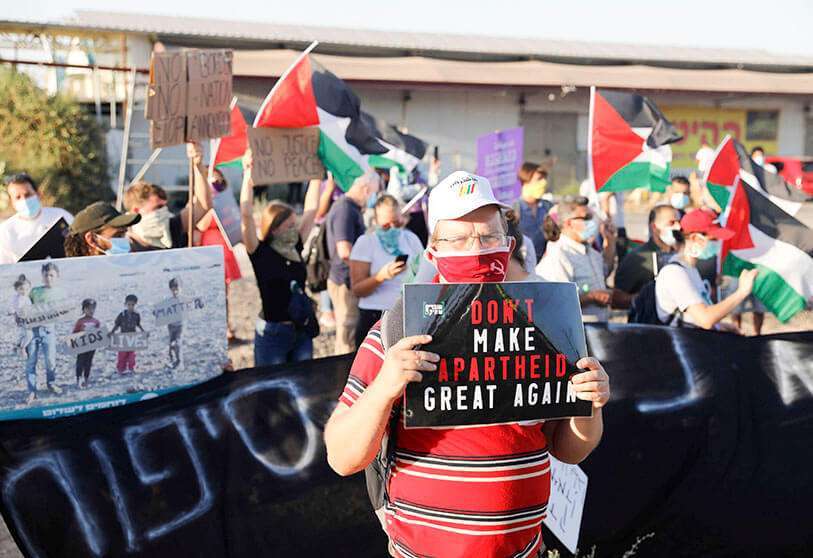
The Palestinian Rania Mihareb, legal advisor to the human rights NGO Al Haq, stresses what the treaties and the Geneva Convention establish: "Annexation, for international law, means the acquisition of a territory by force and the application of the laws of the occupying power over the occupied territory".
However, she believes that looking only at annexation is a mistake: "Attention should be directed to the root cause. On how, for generations, Palestinians have been dispossessed and displaced from their land and how this continues to drive Israeli policy, which is to get as much land as possible with the least number of Palestinians".

